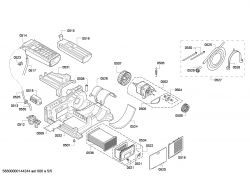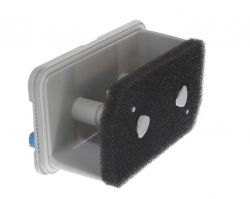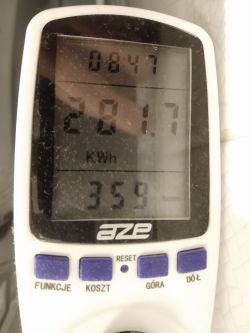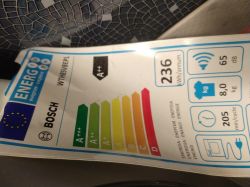stasiekb100 wrote: Into the shower possibly make a finger from the hose a stronger stream.
And after three months a repeat of the fun only it will be an even bigger problem to clean the exchanger well.
Borutka wrote: That is, statistically, after 5 years these almost 300tys would have to go to service or be scrapped?
.
Well, the stupidity of people can be striking. I have a client who works at a PSZOK. Every now and then he brings me some cool equipment to check out and most of it manages to be brought back to life quietly. The most recent was a 2019 Bosch HomeProfesional 8-series dryer. The only defect was a clogged exchanger and did not dry, after cleaning it runs like gold, the guy gave it to his daughter.
Fact, the cheap Chinese g. the guy does not even take, because with these the chargeability is indeed questionable.
On the other hand, people have given themselves a lot of crap and this is the image of the modern world today.
Borutka wrote: Maybe we too often buy devices from the lower shelves, carelessly or provocatively designed where low-quality plastic components lose their stability and tightness over time.
.
This is a topic for another discussion and big calculations.
A man here on the forum once wrote a wise thing:
"He who buys cheaply, buys twice" and this has proved true in many cases.






